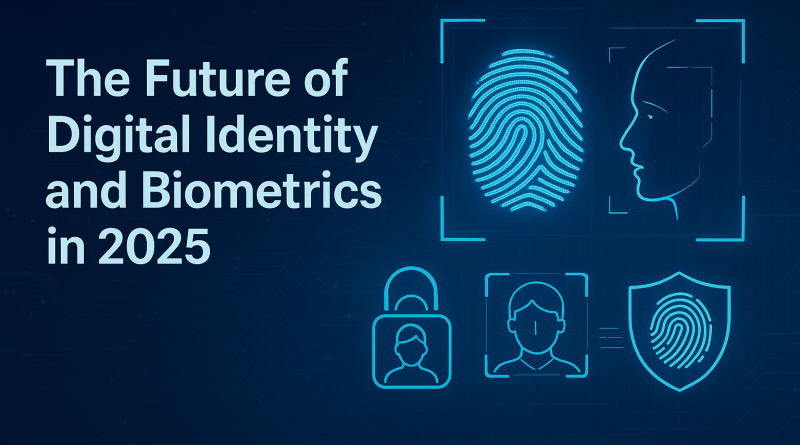The Future of Digital Identity and Biometrics in 2025
The Future of Digital Identity and Biometrics in 2025
Meta Description: Learn how digital identity and biometrics are shaping the future of security, finance, and online transactions in 2025.
As we move deeper into the digital age, digital identity and biometrics are becoming essential tools for authentication and security. In 2025, the world is shifting away from passwords toward fingerprint scans, facial recognition, and blockchain-based identity solutions. This transformation is not only enhancing security but also making online services faster and more convenient.
What is Digital Identity?
Digital identity is the online representation of an individual, organization, or device. It includes personal information such as name, date of birth, and credentials stored digitally for verification purposes. Combined with biometric features, digital identity becomes more secure and tamper-proof.
Role of Biometrics in Digital Identity
- Fingerprint Scanning: Widely used in smartphones and secure logins.
- Facial Recognition: Used in airports, online banking, and e-commerce.
- Iris & Voice Recognition: Advanced methods for identity verification.
- Behavioral Biometrics: Tracking unique patterns like typing speed or mouse movements.
Applications of Digital Identity in 2025
- Finance: Biometric authentication for secure banking and payments.
- Healthcare: Secure access to patient records and medical histories.
- Travel: Biometric passports and seamless airport check-ins.
- E-Governance: Digital IDs for voting, tax filing, and welfare distribution.
Benefits of Digital Identity and Biometrics
- Enhanced security and reduced fraud.
- Faster transactions and authentication processes.
- Improved user experience with contactless verification.
- Global standardization of identity systems.
Challenges and Risks
- Data privacy concerns and potential misuse.
- Cyberattacks targeting biometric databases.
- Lack of universal adoption in developing countries.
The Future Outlook
By 2030, biometric systems will likely replace passwords entirely. Governments and corporations are working to create interoperable digital IDs that can be used across borders. The integration of blockchain with biometrics promises a more secure and decentralized identity verification system.
Conclusion
Digital identity and biometrics are redefining security in 2025. While challenges remain, the benefits far outweigh the risks, making this technology crucial for the digital economy.
Call to Action: Embrace biometric authentication today—your future security depends on it.
